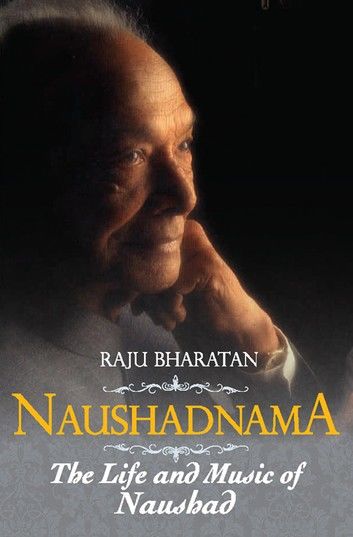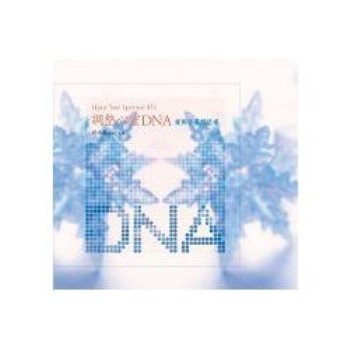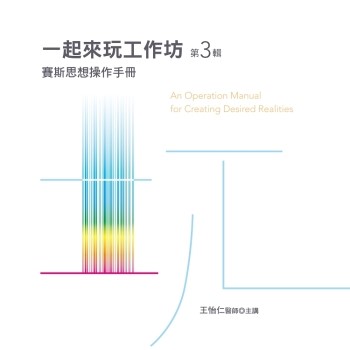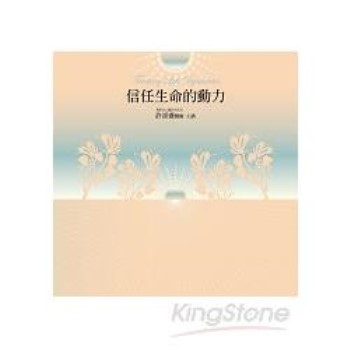| FindBook |
有 1 項符合
Naushadnama的圖書 |
 |
Naushadnama 作者:Raju Bharatan 出版社:Hay House 出版日期:2014-04-14 語言:英文 |
| 圖書館借閱 |
| 國家圖書館 | 全國圖書書目資訊網 | 國立公共資訊圖書館 | 電子書服務平台 | MetaCat 跨館整合查詢 |
| 臺北市立圖書館 | 新北市立圖書館 | 基隆市公共圖書館 | 桃園市立圖書館 | 新竹縣公共圖書館 |
| 苗栗縣立圖書館 | 臺中市立圖書館 | 彰化縣公共圖書館 | 南投縣文化局 | 雲林縣公共圖書館 |
| 嘉義縣圖書館 | 臺南市立圖書館 | 高雄市立圖書館 | 屏東縣公共圖書館 | 宜蘭縣公共圖書館 |
| 花蓮縣文化局 | 臺東縣文化處 |
|
|
The seven letters in Naushad’s name are like the seven notes of Hindustani classical music. After just a few years in films, Naushad (1919-2006) went to rule the Hindi cinema music world for around two decades, beginning with the landmark Rattan (1944). His oeuvre (from 1940 to 2005) consists of an unmatched list of jubilees, many of which are musical milestones such as Andaz (1949), Baiju Bawra (1952), Mother India (1957) and Mughal-e-Azam (1960).
No individual stays supreme without putting in tremendous efforts to reach the pinnacle and to stay there as long as possible, as our maestro did. And no composer probably moved so cleverly, behind the scenes, than did Naushad to sustain his hold on the public imagination. Although we continue to marvel at the incredible variety of his mellifluous creations that have withstood the test of time, how little most of us know about Naushad the man. Renowned song historian Raju Bharatan fleshes out the real Naushad – his triumphs and tragedies – bringing into play more than 50 years of personal interaction with the tuneful titan.
In the process, the author makes the book more sparking with a string of anecdotal gems. For instance:
• How Naushad and his contemporaries despite their professed bonhomie, were fiercely competitive (both musically and monetarily) in their attempts to occupy the ‘top spot’.
• How many days of rehearsal were needed for some of the Baiju Bawara masterpieces?
• How the immortal compositions of Mughal-e-Azam were recorded in a studio no better than a tin shed.
This volume also throws new light on the relations and interactions between Naushad and his singers (especially Suraiya, Mohammed Rafi, Lata Mangeshkar, Asha Bhosle and Shamshad Begum); his songwriters (mainly D.N Madhok, Shakeel Badayuni and Majrooh Sultanpuri); and his ‘unsung’ instrumentalists (some of whom were geniuses in their own right).
|











